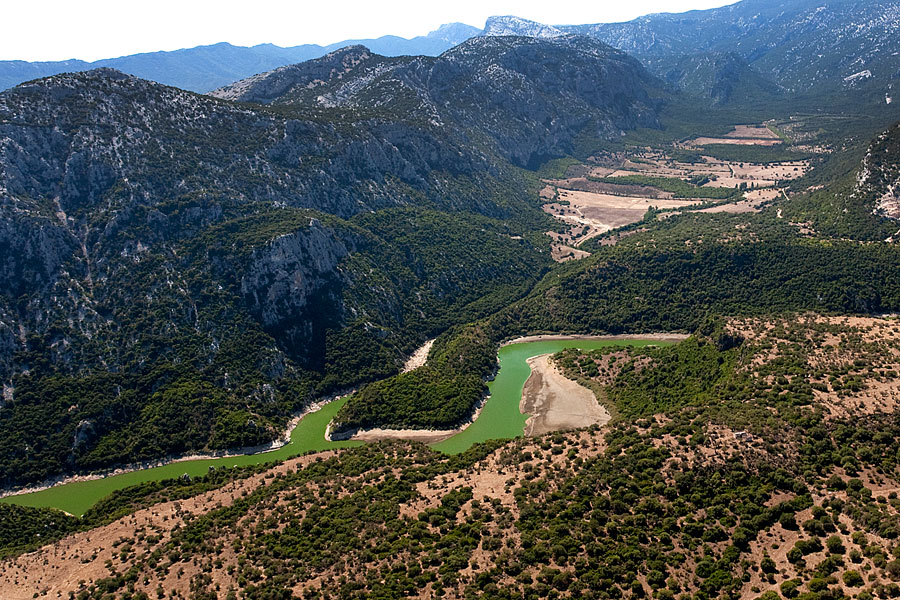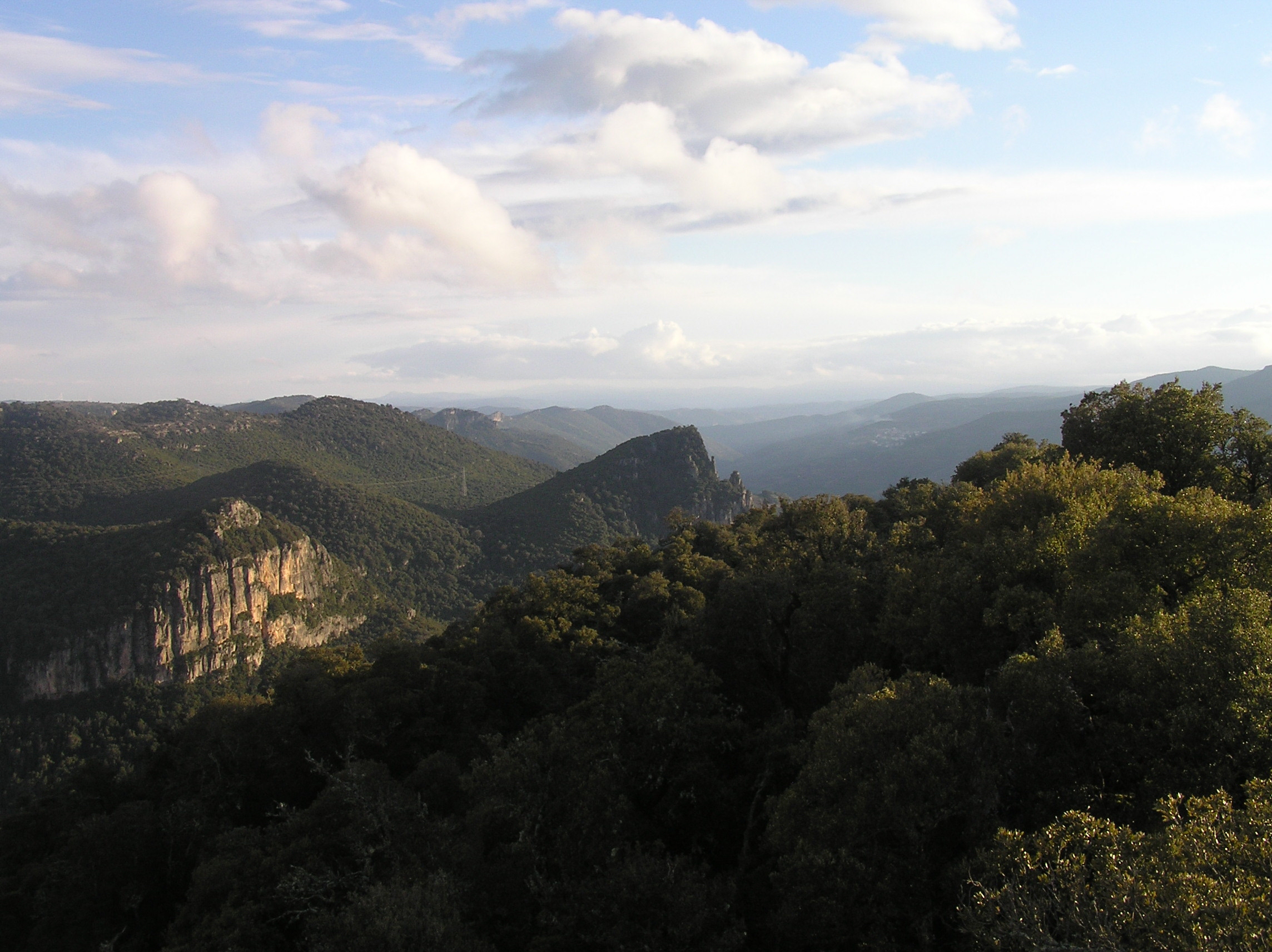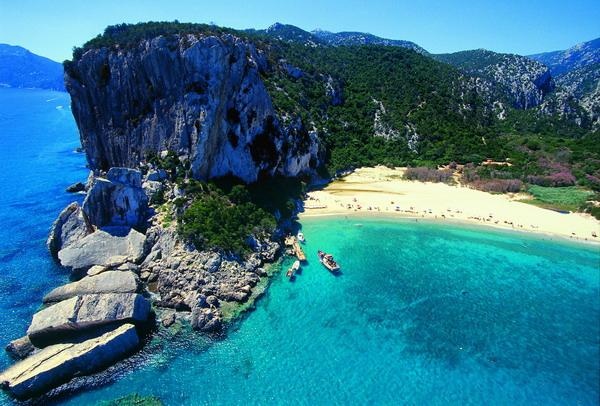
National Park of the Gulf of Orosei and Gennargentu
This post is also available in:
 Italiano (Italian)
Italiano (Italian)
This area is part of the Gennargentu National Park and the Gulf of Orosei; it actually encompasses several different environments, mountains, coastlines, etc., extremely representative of the territories of Barbagia and Ogliastra. Needless to say, it is a very large area, reaching out to several other important parts of Sardinia, like the central section of Gennargentu (the largest mountain range in Sardinia), the high peaks of Bruncu Spina (6.000 ft), Punta Paulinu (5.879 ft), and Punta La Marmora (6.017 ft), the surrounding mountains of Barbagia, the nearby Supramonti, and the Gulf of Orosei (the wildest stretch of the Mediterranean coastline).
FAUNA
The local fauna includes peculiar endemic species, such as mouflons, wild sheep with spiral horns ( one of the symbols of Sardinia), and a good number of predators like the Sardinian wild cat, martens, weasels and foxes. There are several amphibians and reptiles, with at least 10 endemic varieties: the Sardinian brook salamander, the Sardinian tree frog, newts, and Bedriaga’s rock lizards.
Bird species include golden eagles, common ravens, peregrine falcons, great spotted woodpeckers, rock pigeons and Eurasian jays; in the thick vegetation and among the clearings, there are many Sardinian partridges, while white-throated dippers thrive along the streams.
FLORA
The park environment is remarkably variegated. At some 3.937 ft above sea level, thyme is particularly abundant, as well as Genista aspalathoides, Genista corsica and the rare Genista morisii, helichrysum, Santolina chamaecyparissus, other aromatic shrubs, and old yews (Taxus baccata).
At about 3.280 ft, in a wooded pasture, there are some downy oaks (Quercus pubescens), and other oaks. Further below, there are holm oak woods (Quercus ilex): the only pristine forests in Italy can be actually found on Supramonte di Orgosolo. Other species include strawberry tree scrubs (Arbutus unedo), junipers, rock roses and some cork oaks (Quercus suber).
Along the rock walls that plunge into the sea, where the temperature gets warmer, there is a strip of olive trees (Olea europea “olivaster”), mastic trees (Pistacia lentiscus), and carob tree (Ceratonia siliqua).
This area is home to the Montarbu State Forests, originally consisting of holm oaks used for fuel, but later targeted with thorough reforestation. Rich in natural springs from the limestone soil, it has vegetation made of natural woods of hollies, yews and ashes. In that area, there are also many rare endemic species such as Cirsium microcephalum, Prunus prostrata, and Genista corsica.
Another important feature is the limestone massif of Mount Tonneri, a mountain range that appears like a majestic rock wall covered by holm oaks (Quercus ilex), and black hornbeams (Ostrya carpinifolia). Some monumental specimens of holm oaks are present as well, including the largest and most famous “plant monument” (holm oak) called “s’Ilixi ‘e Canali”.
A little green train takes the visitors of this park along a 99-mile railtrack (the longest tourist railway in Italy) from Mandas to Arbatax, eventually reaching a most evocative seaside pier.
This post is also available in:
 Italiano (Italian)
Italiano (Italian)
Contatti
Strada Statale, 198 - Seui(OG)
0782 55855
parcogennargentu@tiscalinet.it
http://www.parcogennargentu.it
Altre info
Il trenino verde ha un costo di euro 36.00 a persona e di euro 32.40 per bambini 0-14



